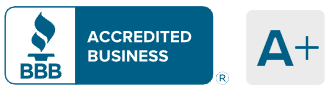Chicago Street Cleaning & Parking Guide
Chicago utilizes mechanical street sweepers to remove debris and litter from streets.
From April 1st through mid-November, bright orange temporary parking restrictions are posted the day before sweeping service is scheduled to begin on any street to ensure curb-to-curb cleaning. Some arterial streets have permanently posted signs that specify a once-per-week period when parking is prohibited for street sweeping.
Every year from April 1st to November 30th, the Chicago Department of Streets and Sanitation (DSS) performs Chicago street sweeping and street cleaning services, but if the early spring cleaning begins earlier. (example: Thanks to the warmer weather this month, the city began cleaning main streets on March 21, 2016)
Some streets have permanent signage notifying drivers of days when parking is prohibited because of street sweeping. Other streets will have temporary signs posted at least 24 hours in advance designating the day the sweepers are coming to their block. In most cases, residents get a two-day notice to move their cars and make way for the street-sweeping crew
Permanent metal signs are used to warn drivers on major thoroughfares and in a handful of residential areas around the city. But on the vast majority of residential streets, the city posts temporary orange cardboard signs on trees, lampposts and other places along the block to warn drivers when the street sweeper cometh.
Persons needing more than one day notice of street cleaning should contact their local ward sanitation office. Street sweeping requests should be made to citys request line at 311
Schedules and Maps -
https://www.chicago.gov/city/en/depts/streets/provdrs/streets_san/svcs/street_sweeping.html
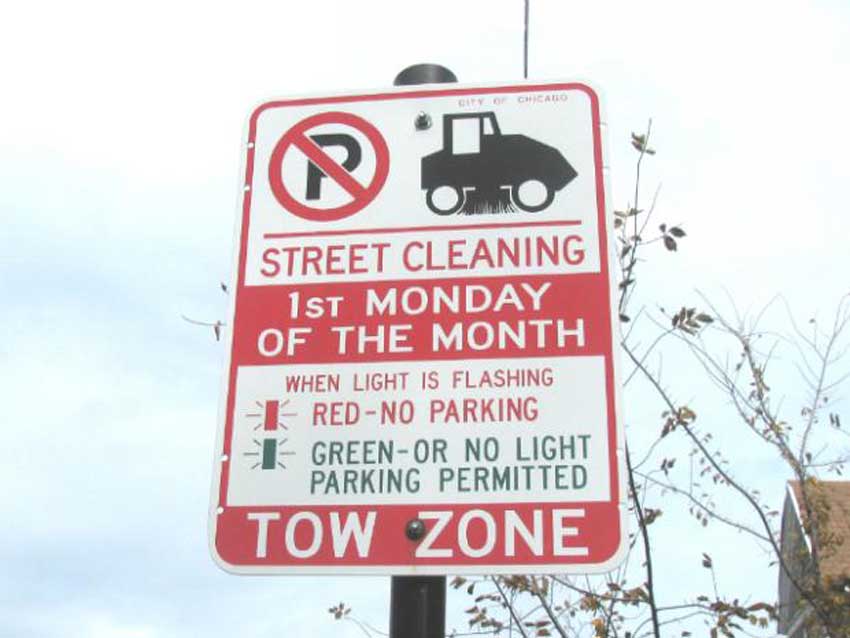
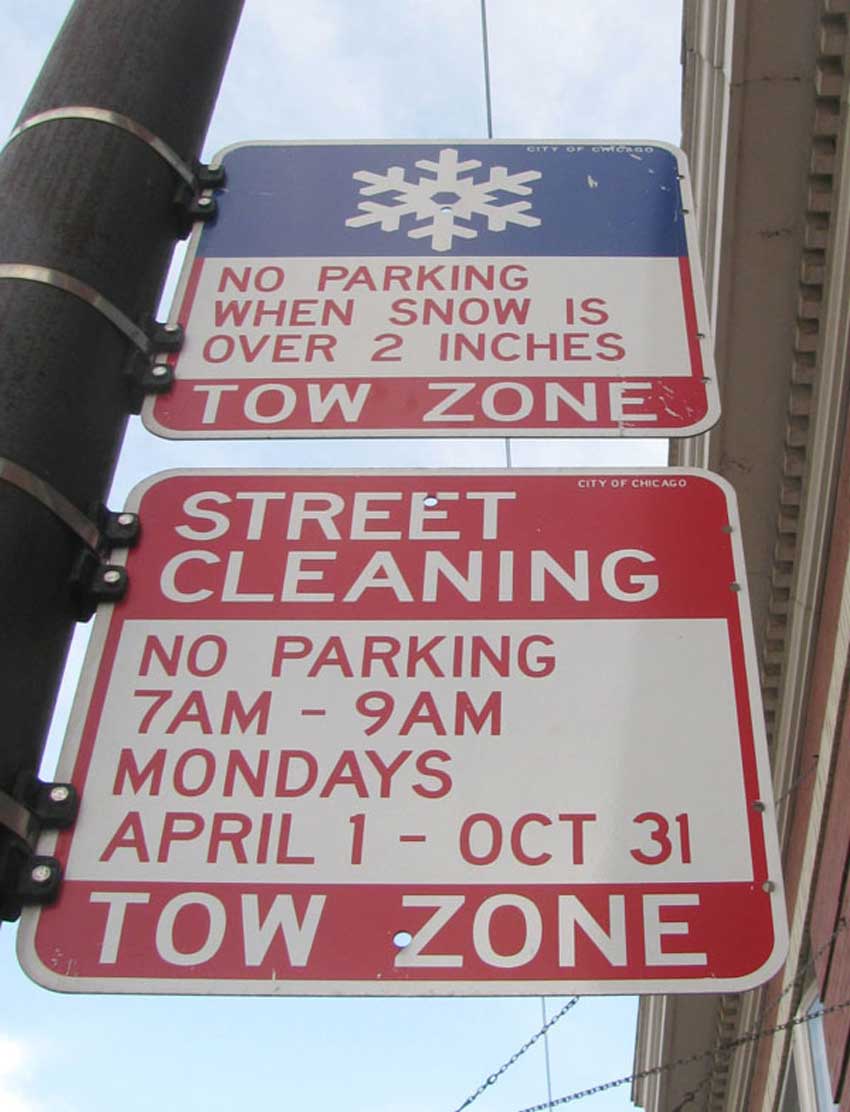
Parking Meters
As part of a public‐private agreement with the City of Chicago, Chicago Parking Meters (CPM) is responsible for the operation, management and maintenance of the City of Chicago’s on‐street “metered” parking. With 36,000 metered parking spaces, CPM operates the third largest such parking system in the United States.
Payboxes accept coins and credit, debit and branded pre-paid cards (such as Visa, Master Card, American Express and Discover) as payment.
Cost & Hours. Depending on where and when you park in Chicago, the cost and hours of operation vary. Whether you use ParkChicago© or the pay stations on the street, hourly parking rates range from $6.50 (Loop), to $4 (Central Business District) and $2 (outside the Loop and Central Business District). Always remember to check the pay stations you are using for specific rates and times.
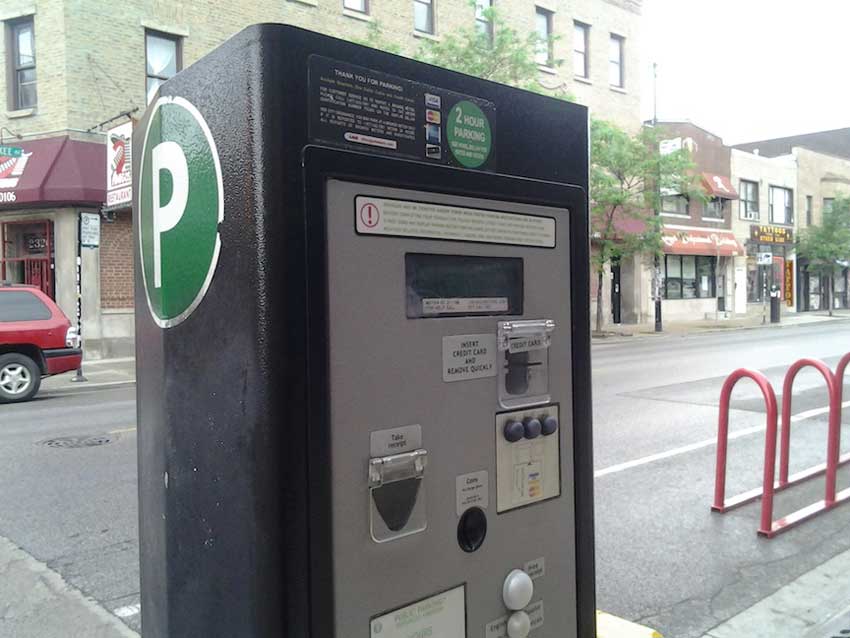
Valet Parking
Valet zones are special loading zone areas in the parking lane of the road that can be used for the operation of a valet service.
Loading Zones
Loading zones are designated areas in the parking lane for the loading and unloading of deliveries to buildings. These zones are for commercial vehicles or vehicles that have a valid Non-Commercial Loading Zone Permit only. These zones are not designated to reserve parking for business patrons or employees. Any commercial vehicle may park in any loading zone to load and unload for up to thirty minutes.
For non-commercial vehicles to do business (drop off, pick up, etc.) - 15 Minute Standing Zones
Standing zones are designated areas in the parking lane for temporary parking. Vehicles parking in standing zones must have their hazard lights flashing while the driver is away from the vehicle. The process for determining a standing zone and approval is similar to that of a loading zone. Active hours of the zone will be limited to your hours of operation. Note: Even though the standing zone is placed next to your business, vehicles standing in the zone for the allotted time are not obligated to visit your business.
Winter Overnight Parking Ban Ends
For the purpose of facilitating snow removal, the commissioner of transportation is authorized to erect and maintain signs prohibiting the parking of vehicles on any street or streets within the city between the hours of 3:00 a.m. and 7:00 a.m. from December 1st of any year to March 31st of the following year and to further designate such street or streets as “tow zones.” It shall be unlawful to park any vehicle on any street in violation of a sign erected or maintained pursuant to this section.
This annual ban from December 1st to April 1st every year prohibits drivers from parking overnight from 3 AM to 7 AM on 107 miles of main arterial thoroughfares within the city.
The ban, unlike the 2" snow ban,is in effect every night no matter if there’s snow on the pavement or not, allegedly to make it impossible for city snow removal crews to plow out our streets in case of a surprise heavy duty snowstorm. But drivers should remember, while rarely ever invoked, the 2" snow ban can be triggered any time there is 2" of snow or more on the street–even if it snowed in August.
Don’t be surprised if you see bright orange signs and street sweepers on your street during December. That’s because Chicago’s Department of Streets and Sanitation decided to officially extend street cleaning through mid-December. In past years Chicago’s street cleaning season runs from April 1st through November 30th. But due to the prolonged and mild fall which delayed many trees from shedding their leaves until late in the season, Streets and Sanitation felt it would be important to winter snow removal efforts to make sure leaves were cleared from residential streets where possible.
Parking on snow routes
It shall be unlawful to park any vehicle for a period of time longer than three minutes for the loading and unloading of passengers or 30 minutes for the loading, unloading, pick-up or delivery of materials from commercial vehicles, whether such location has been designated as a loading zone or not, on any street that has been designated by appropriate signs as a “Snow Route” at any time the snow on the street exceeds two inches in depth and until the snow stops falling and for the necessary period of time until all snow removal operations have been completed.
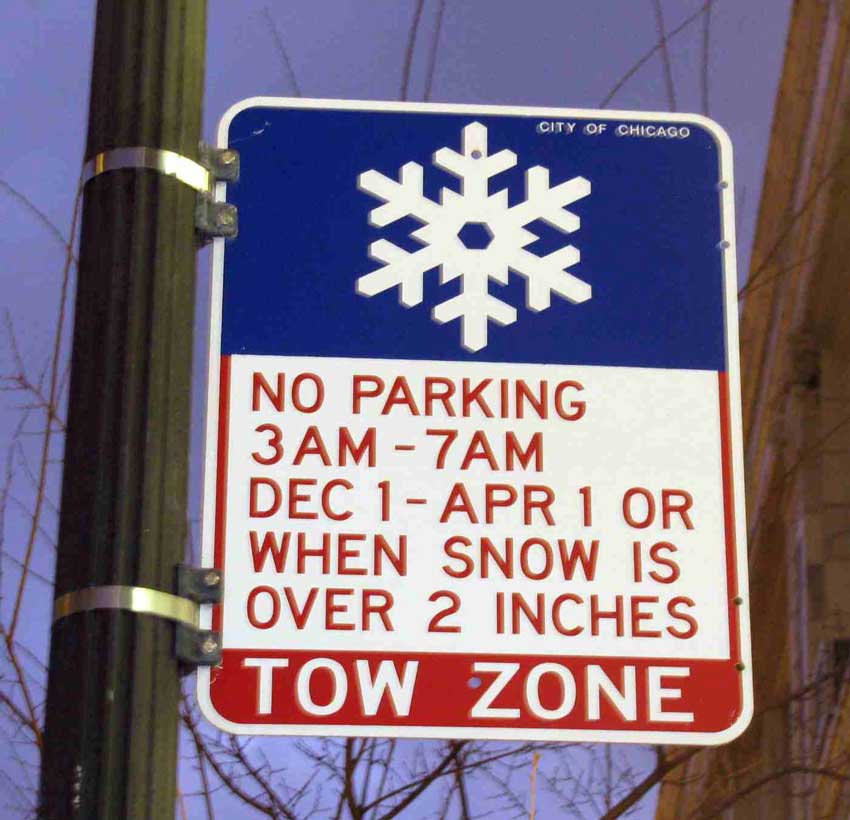
Residential Zone Parking
There are some streets and areas of the city, where drivers are not allowed to park unless they have a residential permit. The key is to pay attention and not park where these signs are posted. That is unless you are visiting a friend and they have a handy dandy guest pass waiting for you to put on your dashboard.
Parking in a specially designated areas requires a valid Chicago city sticker with a 2, 3, or 4 digit Residential Zone Parking number included. When you purchase your new city sticker, the zoned parking will be included and you will be charged $25. Or, you could use a Chicago Residential Parking Daily Permit.
The numbers on the city sticker or daily permit must match the number on the sign.
Check to confirm your street is already zoned RPP -
https://ezbuy.chicityclerk.com/find-your-zone
Interactive map here - http://smartchicago.github.io/zone-parking/
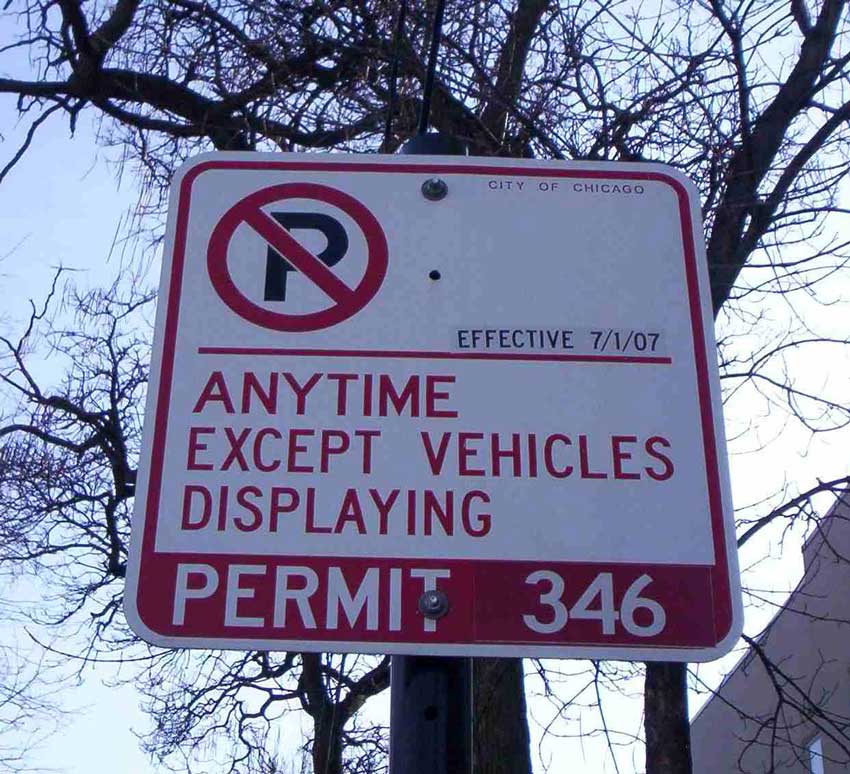
Temporary signs
Special events consist of athletic events (running races, bike races, charity walks, etc.), parades, block parties, etc. These events seem to be the most aggressively enforced temporary tow zones where you are ticketed and towed.
MOVIE LOCATION: No matter what, you need to avoid these areas on the street around movie locations, and find a temporary parking place for your vehicle until these smarmy Hollywood types discover another city to where they can film their moving picture shows.
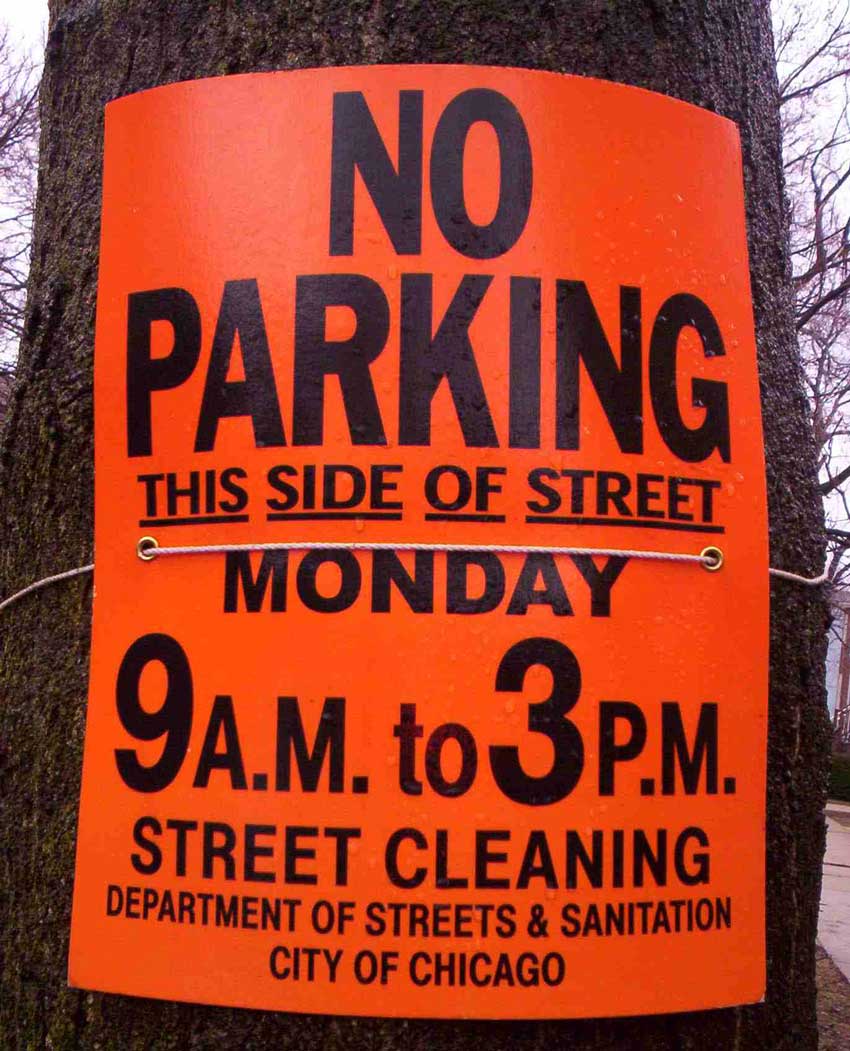
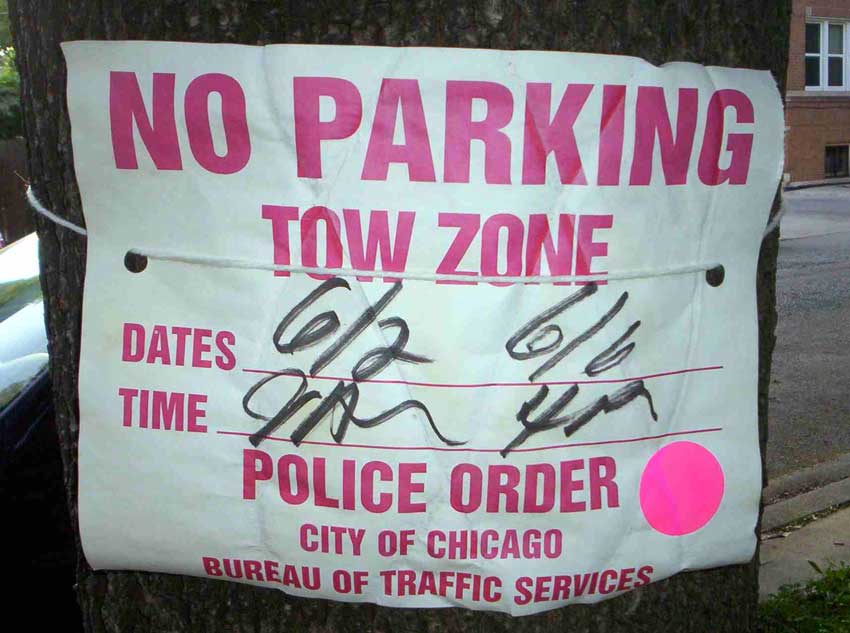
Construction Projects
When it comes to construction projects via CDOT, Dept. of Water Management, etc., things are a bit more relaxed. For example, you can get towed if you don’t heed the signs for a construction project, but they are not going to tow you to a city auto-pound. Instead, they will relocate your vehicle down the street or around the block from where you were parked.
According to Brian Steele from the Chicago Dept. of Transportation, you will not be ticketed if your vehicle is towed and relocated–at least for CDOT projects. One would assume it is the same for similar construction projects.
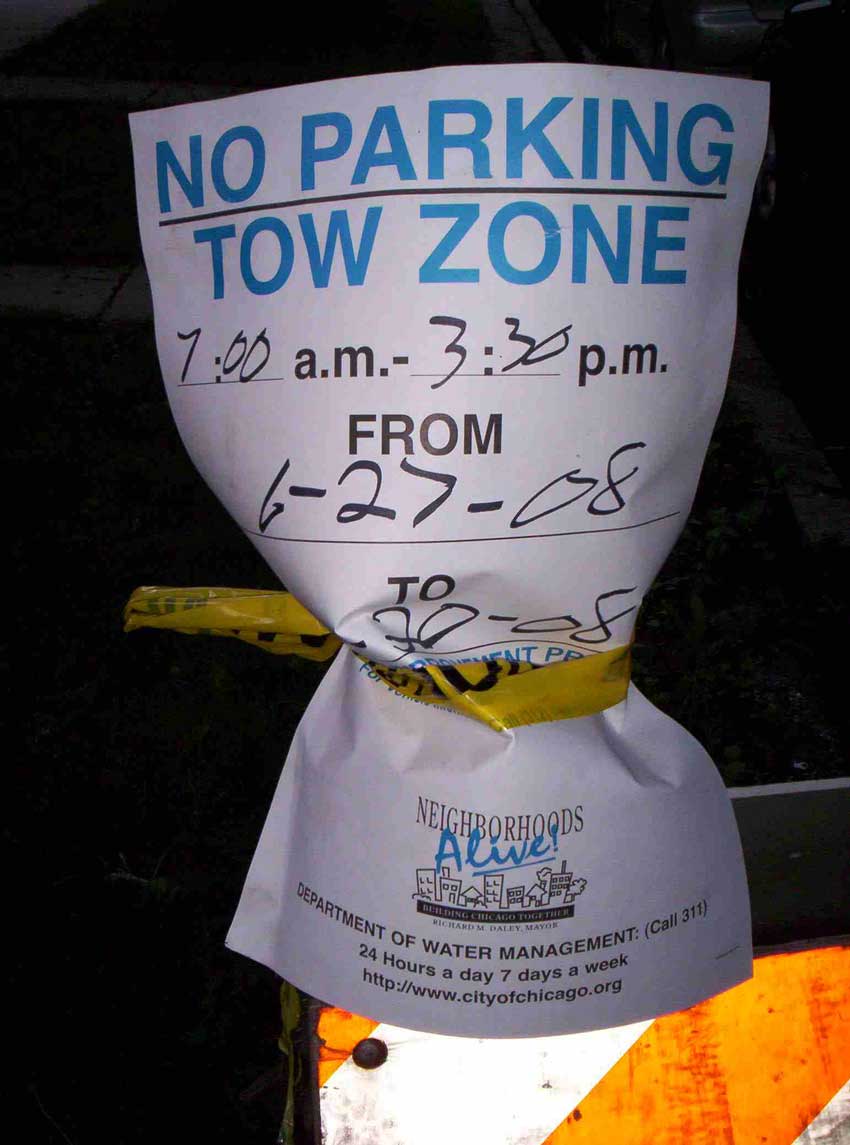
Parking a Vehicle 6 Feet or Higher Within 20 Feet of a Crosswalk
If you own or rent a large vehicle like a suburban utility vehicle (SUV) it may be 6 feet or taller. You may not park a vehicle 6 feet or taller within 20 feet of a crosswalk because other motorists may have difficulty seeing around your vehicle before entering an intersection. Therefore, this restriction promotes safety for all drivers as well as pedestrians.
Parking In An Alley
While many motorists know that you are not allowed to park in an alley because traffic flow may be obstructed, some motorists are unaware that this includes parking in front of a garage. You cannot park your car in front of your garage because this can obstruct traffic flow and obstruct the ability for other motorists to maneuver in and out of their garages.
Wrong Direction or 12 Inches from the Curb
This parking restriction is actually a combination of two restrictions. It is illegal to park in the direction opposite to traffic flow. For example, most motorists are aware that a one way street requires you to park in the required direction of traffic. A lesser known restriction is that you are still required to park your vehicle in the direction of traffic on a street that allows traffic in two directions, For example, on a street that runs north and south with traffic flowing north on the right, and south on the left, parked vehicles on the right must be facing north. Parked vehicles on the left must be facing south. This restriction promotes the correct flow of traffic. You cannot park your vehicle more than 12 inches from a curb. This restriction is designed to encourage the free flow of traffic by ensuring that vehicles are not impeded by parked vehicles that are too far out into the roadway. Vehicles sticking out too far into the roadway also have a higher likelihood of being hit or scraped by passing vehicles.
Parking Prohibited In a Viaduct or Underpass
It is unlawful to park under a viaduct or underpass. This restriction is designed to encourage the free flow of traffic.
Disabled Parking
Due to a new law enacted by the Illinois General Assembly, significant changes have been made to the Persons with Disabilities Parking Program, which affect both new applicants and current disability placard and license plate holders. Information can be found by visiting the Secretary of States Disabled Parking Placard website
Parking Meters
If you have yellow and gray placard, you will be exempt from paying any meter in the State of Illinois.
If you have a blue and white placard, you now must pay the meter but you can still park in any designated disabled parking space
The State of Illinois honors disabled parking placards from most states and foreign countries. However, as of January 2014, out of state placards will no longer allow a motorist to receive a meter exemption in Illinois.
You cannot park in a space during a time when parking is prohibited (i.e. “No Parking, 2 p.m.-4 p.m.”).
Department Transportation Main Office
Phone: 312.744.3600
Fax: 312.744.1200
30 N. LaSalle Street
Suite 1100
Chicago, IL 60602

